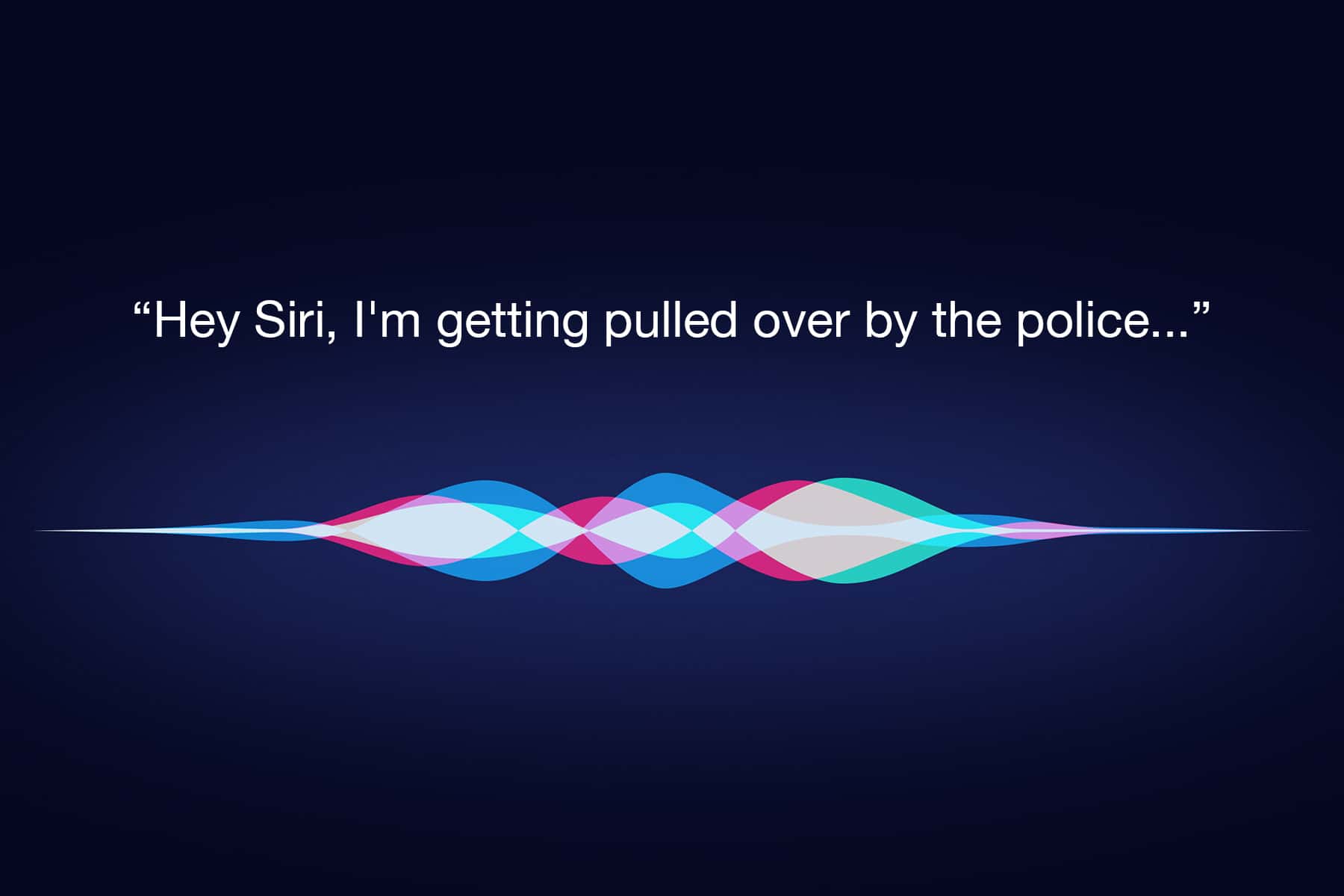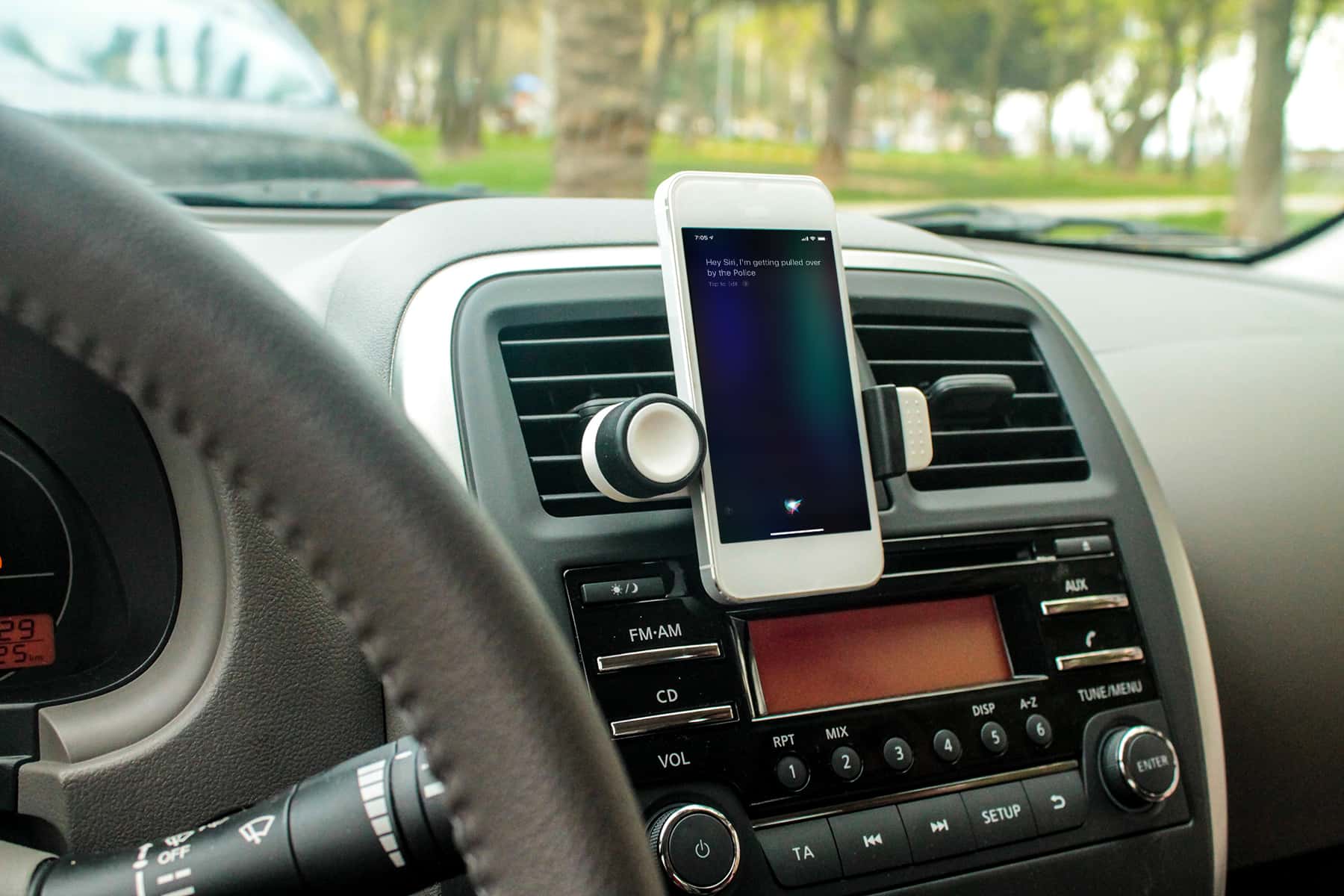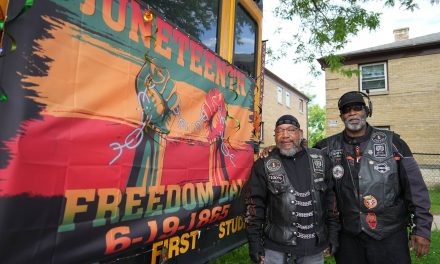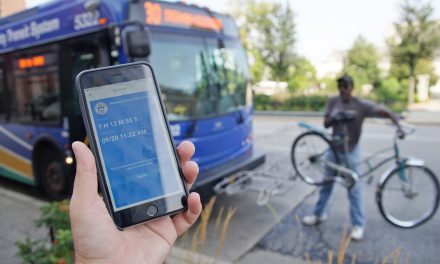
When VHS video cameras became affordable consumer products, the public was able to actively document actions by law enforcement officers as a tool to demand accountability. The iPhone and services like iCloud have made the recording and distribution pipeline for those recordings far more instantaneous. For all the filmed incidents of extrajudicial executions like Philando Castile and George Floyd, far too many other tragic interactions have not been.
With the availability of video cameras within mobile phones, people of color have been able to record their encounters with police during traffic stops. The point of contact has consistently shown that being stopped by police – driving while black – for some small infraction has end up with the driver being killed.
An iPhone app that simplifies the filming process has gained attention and popularity in recent weeks. Because of the new Shortcuts feature in Apple’s iOS 12, a voice command can activate Siri to automatically record video of traffic stops.
The free script for the Shortcuts app called “Police” for iPhones was developed in the wake of drivers documenting the excessive force they experienced from police officers. The shortcut app allows the interaction to be recorded without distracting the driver.
Robert Peterson of Arizona developed the shortcut as a way to discreetly record interactions with law enforcement officials to “keep everyone safe and honest.” It is initiated by saying, “Hey Siri, I’m getting pulled over.”
“I have noticed in reading news articles and seeing reports on TV that in many cases you end up with police saying one thing happened and the citizen being pulled over saying another,” Petersen said on his blog. “And how do you determine truth? Sometimes the police have body cams, sometimes not, and even when they do it’s not always released in a timely manner.”
When dealing with being pulled over and interacting with law enforcement, the driver wants as little distraction as possible, including music, bright screens, and mobile phone notifications coming in. The person wants to be focused on the encounter and not appear to provoke the situation.
Once the shortcut is installed and the settings configured, calling for Siri activates a preprogramed sequence.
- It pauses any music that may be playing
- Turns down the iPhone’s brightness and volume
- Turns on the Do Not Disturb feature
- Sends a message to a pre-selected contact alerting them of the situation and location
- It then opens the front camera and starts a video recording
- Once the recording is stopped it sends a copy of the video to the specified contact, puts volume and brightness back to where they were, turns off Do Not Disturb, and offers the option to send a video copy to iCloud Drive or Dropbox.
Peterson recommends that drivers get a phone mount for their car’s dashboard to use with the shortcut. And while he is proud of the software, Peterson said he would be much happier if no one ever needed to use it.
The idea of a hands-free mobile app for police interactions is not new. Since 2012, the American Civil Liberties Union and others have developed apps to record and livestream encounters with the police.
“My only goal with the ‘Police’ shortcut is trying to help people stay safe … and honest,” added Peterson. “99.999 percent of the time you’ll never need it, but if you end up in a situation where it looks like a good idea to use, you’ll be thankful you did.”















